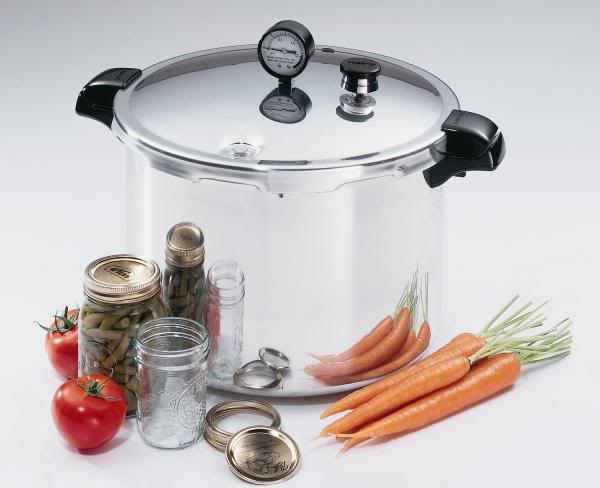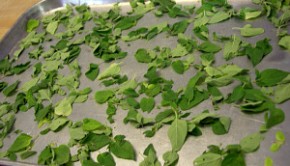Before we begin, please not that this is YOUR binder to help keep your life as a wife/mother more organized. That being said, you may (and should!) tweak this project to fit YOU.
Materials Needed:
- 1 three-ringed binder, preferably with the clear plastic pouches in the front/back (for personalizing later)
- 25-pack of plastic sheet covers (or more, if you're crazy-addicted to them as I am)
- Notebook paper
- 2-pocket insertable plastic dividers (Follow link to see what they look like. These are great because they are color-coordinated, have pockets, but most importantly they stick out beyond the regular papers that will be in your binder for easy access to each section. There are 5-tab folders and 8-tab. I went ahead and got myself the 8-tabbed one because I would rather diversify than not have enough tabs to meet my needs.)
- Treat yourself to a nice pen. Mine is Batman ;P
- EXPO marker (I have found this brand does not rub off the plastic sheet covers)
- double-sided tape or glue
- construction paper, opt
- ruler
- scissors
- Personalizing Part: fun pictures from magazines or old calendars to make your front and back covers. Pictures of your family are great to put on there, too!
**The total cost for the binder, pack of 25 plastic sheet covers, the 2-pocket insertable folders, a new pen, and an EXPO marker was right at $10**
Step 1: Create your tabs
 This part is the most challenging piece of this project, and many women struggle to find just the right topics for each tab. Mine is separated as follows:
This part is the most challenging piece of this project, and many women struggle to find just the right topics for each tab. Mine is separated as follows:
GENERAL- holds the daily/weekly/monthly schedules, as well as random important info that doesn't fit in the other categories
FOOD- meal plan, store ads, coupons, recipes, etc
HOUSE- cleaning schedule, chores, projects needing done, etc
BILLS- self explanatory, sadly ;P
NEWFIE BUSINESS- my home business is breeding Newfoundland dogs, so I have a section dedicated to this with all of her certifications and pedigree information, along with vet records.
GARDENING/CANNING- garden plans/sketch, list of veggies, notes on each, as well as canning recipes I come across.
FOLDER PER CHILD- Especially if they are in school, and DEFINITELY if they are homeschooled. This can be used to keep their school activities and announcements separate, or for the homeschooled child it could be a nice way to keep track of their learning/assessment items. For now with our almost-2 year old, I keep printed worksheets I find online or lists of books we want to get from the library, as well as an on-going wish list for birthdays and Christmas.
While those are MY tabs, just remember to make the tabs according to YOUR family. For example, if you aren't the one to open the mail or do the bills, a BILL section probably isn't for you. The same goes for if you aren't the main shopper/cook. However, if you live on a farm, it might be productive for you to have an animals section, especially if your children show the animals in 4-H. Speaking of children's activities, if you happen to be in charge of or a leader of a group, I would also make a section for that.
Step 2: Personalize!
 |
| The front of my Command Center |
 |
| Examples of some fronts of binders |
This is the fun part! Take time to create your own beautiful collage or design for the front and back (and even a slab for the side tab!) of your binder. Again, I grab a few of the free calendars from Hallmark in the fall to use for making these Command Centers as gifts throughout the year. Magazines, online printing, and even family photos also make great choices! GET CREATIVE! :-)
 |
| Examples of some backs. I try to find pictures of the same number of children as the person receiving the binder has. |
Step 3: Add and Sort
For this last step, you again have to find what works for YOU. It's time to find (or make, if you're that creative) your own style of scheduling and print them off and place in the appropriate folders. Over time, I have found via various blogs I follow different daily schedule forms or household project ideas I like and have added them to my binder. Some of the items I have in my Command Center can be found via Wellnessmama.com's blog. Katie "Wellnessmama" is my favorite blog to read, and her "football" is actually where I got the original idea to put my family's life into one, organized binder. However, a simple google trip can find you schedules galore (especially if you go to the "images" section after your google search), as well as Christian character-shaping chore charts for children, children's prayer sheets, worksheets for home and church, entire deep-cleaning household chore lists, and of course recipes!
Don't forget to include your favorite pen and an EXPO marker. The marker works great for marking on the schedules VIA the plastic sheet covers the schedule is kept in. That way, you aren't printing off a new schedule every day/week/month to use, and that way you can save on some paper and ink!
In closing, I would argue that organization is next to cleanliness, which we all know is next to godliness. :-) It will do your mood and spirit well to sift through the clutter we all feel as wives and mothers and take a few moments to put them in a designated place where they belong. Happy Healthing! :-)









